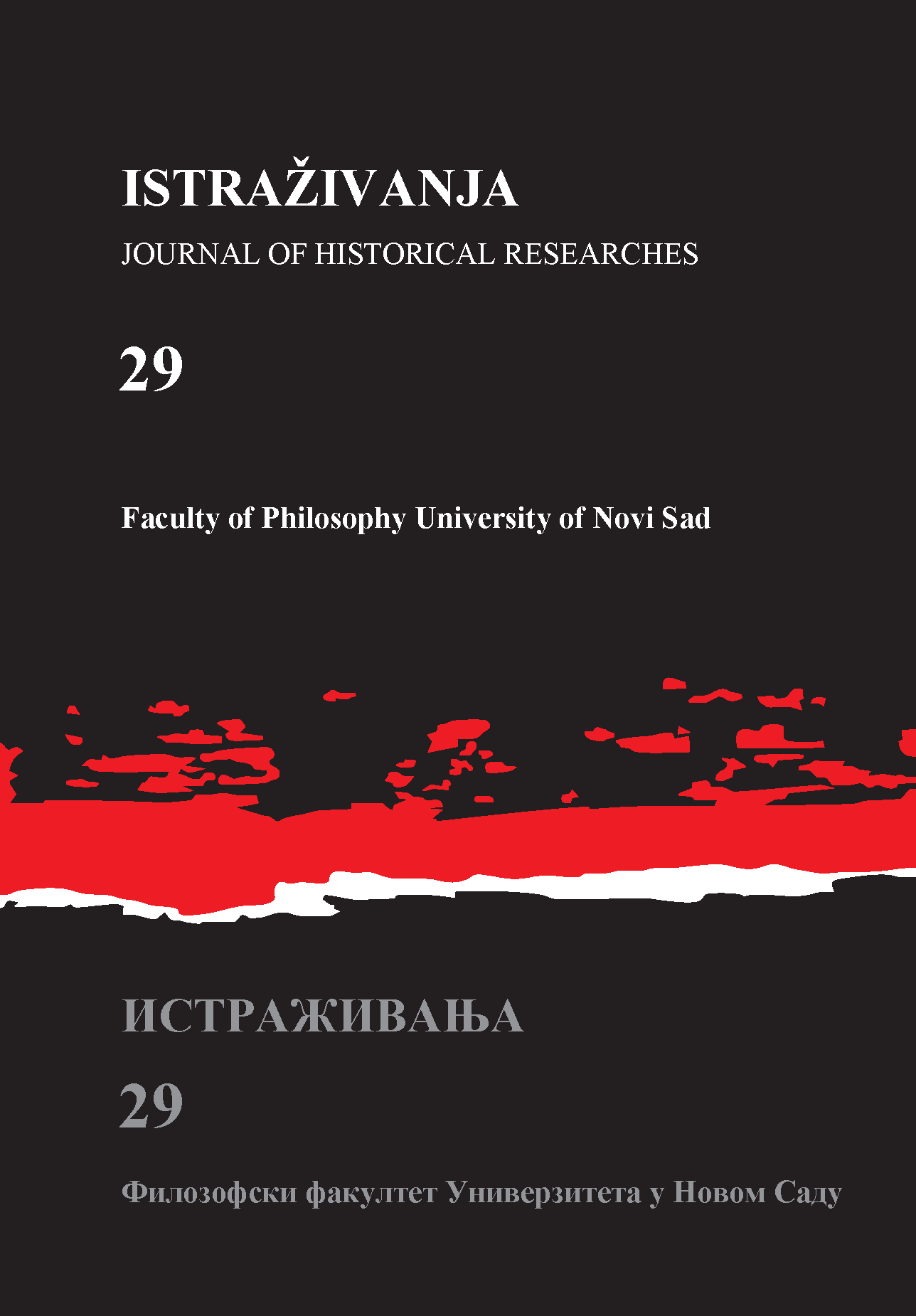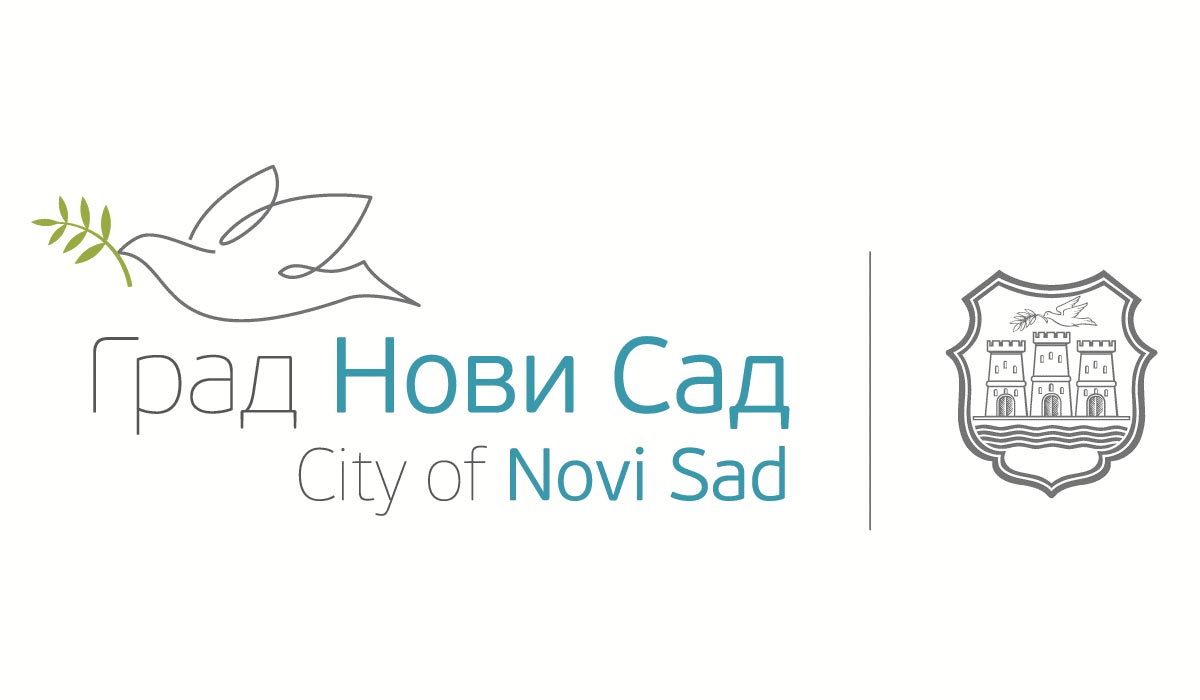ЗАНИМЉИВ СЛУЧАЈ ХЕРЕСАНХ, „САВРШЕНЕ СВИРАЧИЦЕ МИНОВОГ СИСТРУМА” И „СВЕШТЕНИЦЕ КРАЉЕВЕ СЕСТРЕ ФИЛОТЕРЕ”
DOI:
https://doi.org/10.19090/i.2018.29.7-21Кључне речи:
Египат Птоломеја, домаће елите, Птахов првосвештеници, Мемфис, историја жена, свештенствоСажетак
Рад настоји да разреши проблеме везане за идентификацију Хересанх, „савршене свирачице Миновог систрума” и „свештенице краљеве сестре Филотере”, и да предложи њен положај унутар бочне гране моћне породице врховних свештеника Мемфиса у време владавине династије Птоломеида. Истраживање указује да је она највероватније припадала бочној грани исте породице чије су обе линије имале заједничког претка у свештенику Анемхору, који је заправо био отац Несисти-Педубаста, првог Птаховог првосвештеника под хеленистичком династијом. Она је највероватније живела између 249. и 183. године пре нове ере. Брачна заједница њених родитеља, Неферибреа и Херанх, који су били у сродству морала је да утиче на њен друштвени положај у Мемфису будући да је Хересанх једина позната свештеница из најважнијих светилишта мемфиске некрополе - Серапеона, Озириона Рутисета и Анубиона, која се сва налазе у Сакари и Абусиру.
Downloads
Референце
Bakry, H. S. K. ‘A family of high-priests of Alexandria and Memphis’, Mitteilungen des Deutschen Archäologischen Instituts Abteilung Kairo, 28, 1972, 75–77.
Carney, E. D. Arsinoë of Egypt and Macedon: a royal life, New York: Oxford University Press, 2013.
Chassinat, É. ‘Textes provenant du Sérapéum de Memphis’, Recueil de travaux relatifs à la philologie et à l'archéologie égyptiennes et assyriennes, 21, 1899, 56–73.
______. ‘Textes provenant du Sérapéum de Memphis (suite)’, Recueil de travaux relatifs à la philologie et à l'archéologie égyptiennes et assyriennes, 23, 1901, 76–91.
Collombert, Ph. ‘La "stèle de Saïs" et l'instauration du culte d'Arsinoé II dans la chôra’, Ancient Society, 38, 2008, 83–101.
Devauchelle, D. ‘Le titre du grand prêtre memphite’, Revue d'égyptologie, 43, 1992, 205–207.
______. ‘Une invocation aux dieux du Sérapéum de Memphis’, in: W. Clarysse, A. Schoors, and Harco Willems (eds.), Egyptian religion: the last thousand years. Studies dedicated to the memory of Jan Quaegebeur: part I, Leuven: Peeter, 1998, 589–611.
______. ‘Osiris, Apis, Serapis et les autres: remarques sur les Osiris Memphites au Ier millénaire av. J.-C.’, in: L. Coulon (ed.), Le culte d'Osiris au 1er millénaire av. J.–C.: découvertes et travaux récents. Actes de la table ronde internationale tenue à Lyon, Maison de l'Orient et de la Méditerranée (Université Lumière-Lyon 2) les 8 et 9 juillet 2005. Le Caire: Institut Français d'Archéologie Orientale, 2010, 49–62.
Gorre, G. Les relations du clergé Égyptien et des lagides d'après les sources privèes, Leuven: Peeters, 2009.
Grzybek, E. Du calendrier macédonien au calendrier ptolémaïque: problèmes de chronologie hellénistique, Basel: Friedrich Reinhardt, 1990.
Hölbl, G. A history of the Ptolemaic empire, translated by Tina Saavedra, London: Routledge, 2001.
Kelley, D. H. ‘A Priestly Family of Memphis’, Journal of Ancient and Medieval Studies 12, 1995, 25–39.
Klotz, D. ‘Regionally specific sacerdotal titles in Late Period Egypt: soubassements vs. private monuments’, in: A. Rickert and B. Ventker (eds.), Altägyptische Enzyklopädien. Die Soubassements in den Tempeln der griechisch-römischen Zeit: Soubassementstudien I 2, Wiesbaden: Harrassowitz, 2014, 717–792.
Macurdy, G. H. Hellenistic queens: a study of woman power in Macedonia, Seleucid Syria, and Ptolemaic Egypt, Baltimore: Johns Hopkins Press, 1932.
Manning, J. G. Land and power in Ptolemaic Egypt: the structure of land tenure. Cambridge: Cambridge University Press, 2003.
Maystre, Ch. Les grands prêtres de Ptah de Memphis, Freiburg (Schweiz); Göttingen: Universitätsverlag; Vandenhoeck & Ruprecht, 1992.
Meulenaere, H. de ‘Prosopographica Ptolemaica’, Chronique d'Égypte, 34 (68), 1959, 244–249.
Meulenaere, H. de ‘Priester(tum) (SpZt)’, in: W. Helck and W. Westendorf (eds.), Lexikon der Ägyptologie IV: Megiddo-Pyramiden, Wiesbaden: Harrassowitz, 1982, 1097–1098.
Munro, P. Die spätägyptischen Totenstelen, Glückstadt: Augustin, 1973.
Naville, É. ‘La stèle de Pithom’, Zeitschrift für ägyptische Sprache und Altertumskunde, 40, 1902, 66–75.
Oppen de Ruiter, B. F. van ‘The death-date of Arsinoe II Philadelphus: the evidence reconsidered’, Zeitschrift für Papyrologie und Epigraphik, 174, 2010, 139–150.
Otto, E. ‘Eine memphitische Priesterfamilie des 2. Jh. v. Chr’, Zeitschrift für ägyptische Sprache und Altertumskunde, 81, 1956, 109–129.
Panov, M. ‘A family of Letopolite priests’, Lingua Aegyptia, 22, 2014, 183–213.
______. Istochniki po istorii zhrecheskih semej Mamfisa i Letopolja v pozdnij period, 2 vols., Novosibirsk: M. V. Panov, 2017a. (Russian Cyrillic)
______. ‘A document relating to the cult of Arsinoe and Philotera’, Journal of Egyptian History, 10 (1), 2017b, 43–49.
Pfeiffer, R. Kallimachosstudien. Untersuchungen zur Arsinoe und zu den Aitia des Kallimachos, München: M. Hueber, 1922.
Pfeiffer, S. Die Ptolemäer, Stuttgart: W. Kohlhammer, 2017.
Quaegebeur, J. ‘Documents concerning a cult of Arsinoe Philadelphos at Memphis’, Journal of Near Eastern Studies, 30 (4), 1971, 240–270.
______. ‘Inventaire des stèles funéraires memphites d'époque ptolémaïque’, Chronique d'Égypte, 49 (97), 1974, 59–79.
______. ‘The genealogy of the Memphite high priest family in the Hellenistic period’,in: D. J. Crawford, J. Quaegebeur and W. Clarysse (eds.), Studies on Ptolemaic Memphis, Leuven: Peeters, 1980, 43–81.
Sandman Holmberg, M. The god Ptah, Lund: Gleerup, 1946.
Thiers, Ch. ‘Ptolémée Philadelphe et les prêtres de Saïs: la stèle Codex Ursinianus, fol.6 rf + Naples 1034 + Louvre C.123’, Bulletin de l'Institut Français d'Archéologie Orientale 99, 1999, 423–445.
______. Ptolémée Philadelphe et les prêtres d'Atoum de Tjékou: nouvelle édition commentée de la "stèle de Pithom" (CGC 22183). Montpellier: Univ. Paul Valéry-Montpellier III, 2017.
Thompson, D. J. Memphis under the Ptolemies, Princeton, NJ: Princeton University Press, 1988.
______. Memphis under the Ptolemies, second ed., Princeton, NJ; Oxford: Princeton University Press, 2012.
Troy, L. Patterns of queenship in ancient Egyptian myth and history, Stockholm: Almqvist &Wiksell International, 1986.
Vittmann, G. ‘Rupture and continuity: on priests and officials in Egypt during the Persian period’, in: P. Briant M. Chauveau (eds.), Organisation des pouvoirs et contacts culturels dans les pays de l'empire achéménide: actes du colloque organisé au Collège de France par la "Chaire d'Histoire et Civilisation du Monde Achéménide et de l'Empire d'Alexandre" et le "Réseau International d'Études et de Recherches Achéménides" (GDR 2538 CNRS), 9 – 10 novembre 2007, Paris: DeBoccard, 2009, 89–121.










